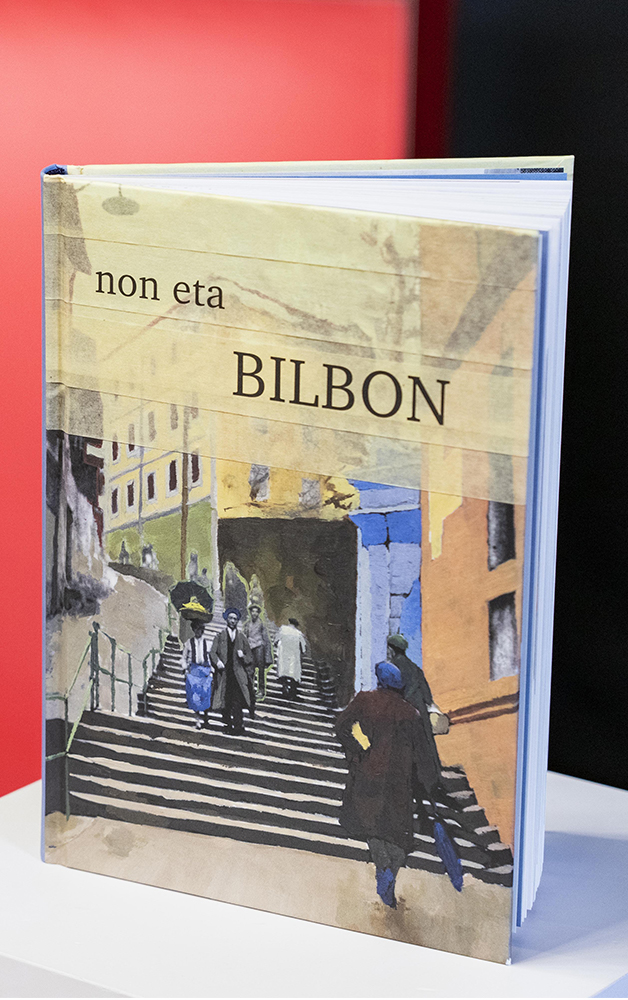Basque ethnography at a glance
Toponymy is the study of place names: houses, streets, streams, districts, mountains, sites, etc. They are a testament to our city and our surroundings, and provide a myriad of information on the ethnography, history and geography. And they do not only refer to the surroundings, society and lifestyle, but also to the language.
We therefore need to preserve our place names, just as we do with the other elements of our intangible cultural heritage. That is even more so if we take into account how quickly society is changing, how rapidly we are progressing. In recent decades, the ever-increasingly urbanisation of the territory has led to the loss of many place names and, in turn, the creation of new ones.
We often do not know the origin of the places where we live and go through. We do not know what is hidden behind the name of a neighbourhood, a street, a square or a fountain: what lies behind the name of that place, what piece of history or anecdotes have happened there; how its people lived in the past.
And indeed, the idea behind Non eta Bilbon was for the book to highlight and disseminate the corpus of place names of Bilbao. The aim is to raise awareness among the citizens of Bilbao of the undeniable importance of toponymy, of the meaning of the place names in the centre and in the suburbs, and thus facilitate its use.
In 2020 Bilbon hara-hona: leku izenak eta euren arrastoak, a book with 40 articles, was published. And this publication seeks to continue along that path with a further series of 40 items by acknowledged experts in different areas.
As I was saying, toponymy provides plenty of information about places, and even though the capital of Bizkaia has changed greatly, this compilation provides clues to learn about the Bilbao of the past. On the one hand, places – Abando, Arangoiti, Errekalde, Miribilla, Otxarkoaga and Txurdinaga – are mentioned that have changed significantly as the city has developed over the years. On the other hand, the book takes you through the most iconic spots of the bocho as Bilbao is known, including the Plaza Vieja [Old Square], La Ribera market and the Camp Volantín promenade.
You will also visit the places famed for a historical fact: Gudabikolanda, San Roke de Larraskitu and Zubileta. You will discover the story behind the Kastrexana bridge, a place of great importance in Basque mythology; interesting facts about the Elorriaga, Meazabal, Iturritxualde and Pagasarri peaks that surround Bilbao; the article on the River Ibaizabal, the longest in Bizkaia; and the Botica Vieja gatekeeper and the frogs that croaked on the other side of the San Antón bridge.
The illustrations are by the painter and artist Mikel Erkiaga, who has created new and surprising pieces that complement the text by working directly with the images, highlighting certain forms or perhaps seeking a more abstract composition in some cases.
Ziortza Artabe Etxebarria – Ethnography Department – Labayru Fundazioa



